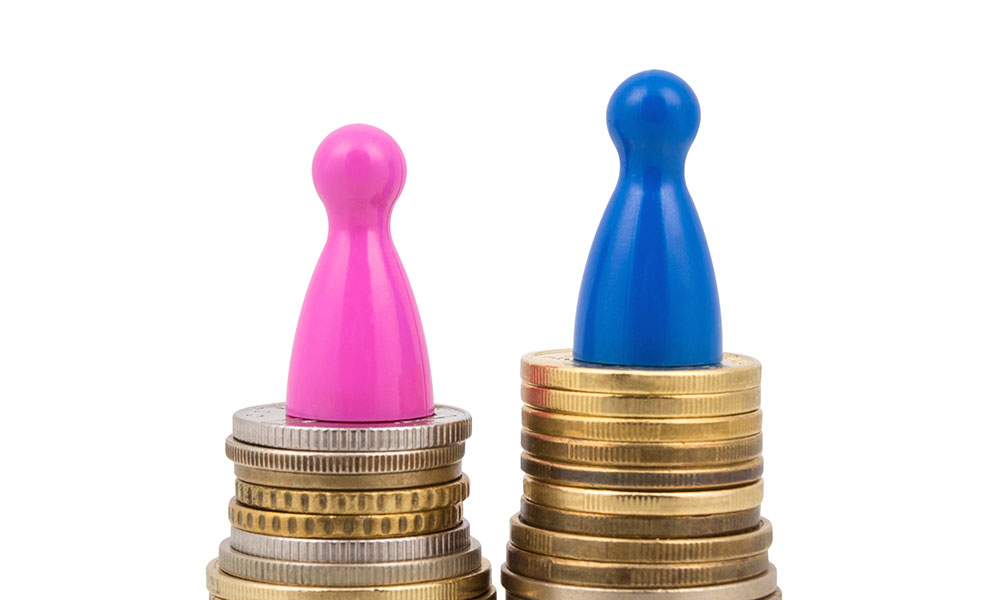
Report: Gender Wage Gap Closing … Very, Very Slowly
For every dollar a white male makes, the average woman makes 82 cents—and that rate hasn’t been growing fast enough in recent years, according to the Institute for Women’s Policy Research. It’s a problem that lingers in the nonprofit space, too.
The problems with the pay gap are clear, no matter the industry—but they feel a little more troubling for nonprofits.
Recently, the Institute for Women’s Policy Research revealed that women in the workforce receive just 82 percent of the pay that men do in similar positions, with the totals more pronounced when race is a factor.
The picture is made all the more troublesome when you compare the rate of growth for the gender pay gap, as IWPR did in its recent fact sheet [PDF] on pay in 2016.
“According to our research, if change continues at the same slow pace as it has done for the past 50 years, it will take 44 years—or until 2059—for women to finally reach pay parity,” IWPR explains on its website. “For women of color, the rate of change is even slower: Hispanic women will have to wait until 2248, and black women will wait until 2124 for equal pay.”
In comments to USA Today, Ariane Hegewisch, IWPR’s program director of employment and earnings, noted that the numbers reflect a holding pattern among employers.
“It’s been stagnant the last 10 to 15 years even though women are better educated,” Hegewisch told the newspaper.
Specific industries struggle with these challenges in their own ways. In academia, for example, salaries for women grew by 3 percent in 2015, according to a Chronicle of Higher Education analysis of U.S. Department of Education data—slightly above the 2.8 percent overall increase but not enough to cut the gap. The Chronicle’s report notes that even as salaries for women grow, so do those for men, meaning that improvements often aren’t significant enough to recalibrate the balance between genders.
So what should nonprofit organizations take from this? As a recent Fast Company report suggests, plenty. According to research from GuideStar, women leaders at organizations with budgets over $25 million make 25 percent less than their male counterparts—a rate that’s above the 20 percent gap in the private sector, according to IWPR.
In comments to the magazine, GuideStar CEO Jacob Harold suggests that part of the problem involves the calculation of hiring salaries based on applicants’ previous pay history, rather than paying fairly for the position they’ve been hired for.
“You see discrimination in all sorts of really subtle ways,” Harold told Fast Company. “Some of these discrepancies replicate themselves. That’s part of what we are seeing here—and that is what can be so insidious about it.”
(iStock/Thinkstock)






Comments